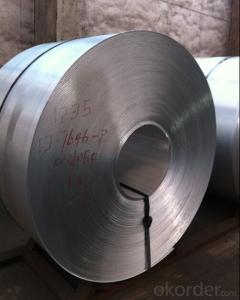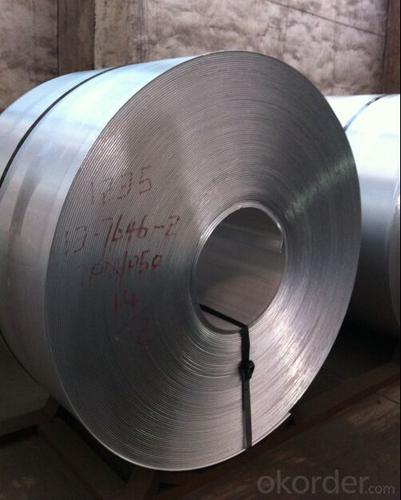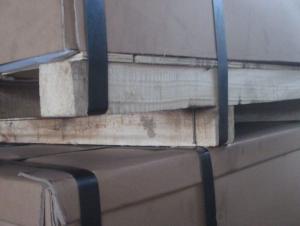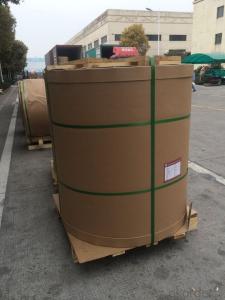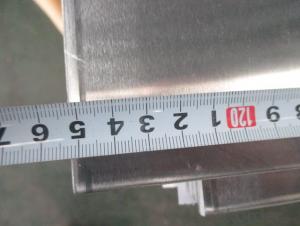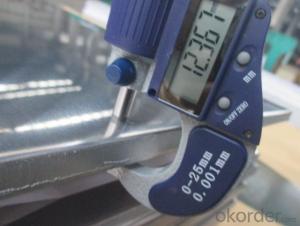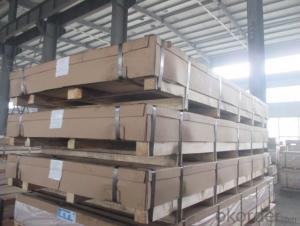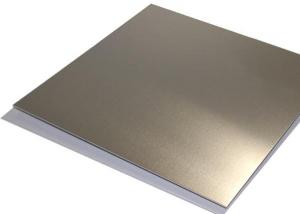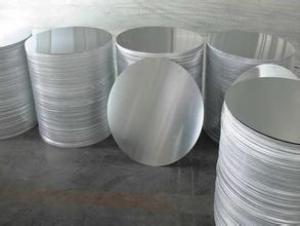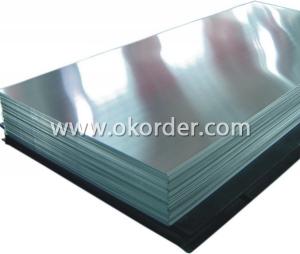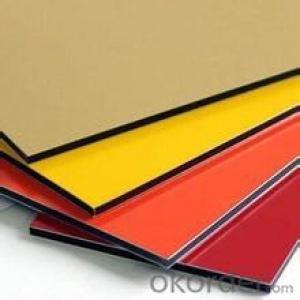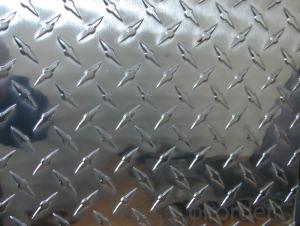Black Aluminum Sheets 4 X6.5 - Aluminium Mirror Finish Sheet with Best Price in Our Warehouse
- Loading Port:
- Shanghai
- Payment Terms:
- TT OR LC
- Min Order Qty:
- 1 m.t.
- Supply Capability:
- 5000 m.t./month
OKorder Service Pledge
OKorder Financial Service
You Might Also Like
Specification
1.Structure of Product Description
cold rolled aluminum sheet and hot roled mirror finish aluminum plate are both widely used int he field of construction field and decoration field, etc.
There are many different grades, such as: 1000 series,5000 series,7000series, 8000 series, etc. The Exactly Alloy number are as follows: 1000 series, etc.
1050,1060,1100, 2024, 3003, 3005, 3105, 5052,5754,5083,6061,6063,8011, etc.
The temper is include H14, H22, H24, H44, H114,etc.
2. Main features of the product
a. best price.
c. Shortest service.
3. Image.
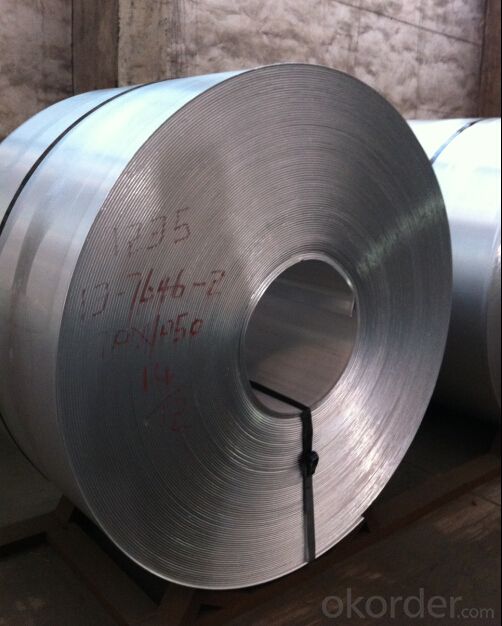
4. Product detailed sizes:
1000mm*2000mm,1250mm*2500mm,1500mm*3000mm, etc.
5. FAQ:
What is the quality standard?
---Usually our standard is GB3880-2006 or others.
What is the width range?
---It is from 500mm to 2500mm, etc.
What is the length range:
---It is from 800mm to 6000mm, etc.
What is the MOQ for your products yet?
---Normally it is around 11 tons/each size.
How many tons did you export in one year?
---Normally it is around 30000 tons totally.
Where is your client from?
---Normally it is from UAE, Saudi Arabia, England,Turkey,Japan, etc.
What is your mainly products?
---Normally they are aluminum sheet,big-5-bar aluminium checkered sheet,small-5-bar aluminium mirror finish aluminium sheet, aluminum casting coil, etc.
- Q: Can aluminum sheet be used for food contact applications?
- Yes, aluminum sheet can be used for food contact applications. Aluminum is a widely used material in the food industry due to its excellent properties. It is non-toxic, corrosion-resistant, and has a high thermal conductivity, making it suitable for various food processing and packaging applications. Aluminum sheets can be used to make food containers, trays, and foils, providing a safe and hygienic option for food storage and transportation. Additionally, aluminum is recyclable, making it an environmentally friendly choice for food contact applications.
- Q: Can aluminum sheets be used in food packaging?
- Indeed, aluminum sheets find widespread application in the realm of food packaging. The utilization of aluminum in this context is prevalent owing to its exceptional capability to shield food from detrimental elements like light, oxygen, moisture, and other external agents that may cause spoilage or contamination. Notably, aluminum sheets possess the qualities of being lightweight, long-lasting, and resistant to corrosion, rendering them perfectly suitable for an array of food packaging formats, including foil wraps, containers, trays, and pouches. Moreover, the recyclability of aluminum further solidifies its status as an eco-friendly option for food packaging.
- Q: What will affect the performance of the aluminum ingot in the process of casting?
- In our daily industrial raw materials called aluminum ingot, according to the national standard (GB/T1196-2008) should be called "remelting with aluminum ingot", but we are used to "aluminum ingot"". It is with the alumina cryolite produced by electrolysis.
- Q: Are aluminum sheets resistant to chemicals?
- Yes, aluminum sheets are generally resistant to a wide range of chemicals.
- Q: Remember the notorious Chevy Vega of the 1970's? As I recall,one the big problems with that car was that it was equipped with an aluminum block engine. The new Ford Mustangs arealso equipped with aluminum engines to reduce curb weightand improve fuel efficiency. Will they be prone to the sameproblems that the Vega had down the road? Are there othermanufacturers that have used aluminum engines with successrecently?
- This Site Might Help You. RE: how reliable are today's aluminum block engines? Remember the notorious Chevy Vega of the 1970's? As I recall, one the big problems with that car was that it was equipped with an aluminum block engine. The new Ford Mustangs are also equipped with aluminum engines to reduce curb weight and improve fuel efficiency. Will they be prone to...
- Q: has aluminum sheet reacted with concentrated sulfuric acid?
- it can be regarded as no reaction, concentrated sulfuric acid will make aluminum's surface inactivation,and produce a layer of dense aluminium oxide film which will prevent further reaction.
- Q: Can aluminum sheets be used for structural purposes?
- Yes, aluminum sheets can be used for structural purposes. Aluminum is a lightweight and highly malleable material that can be easily fabricated into various shapes and sizes. It has excellent strength-to-weight ratio, making it suitable for structural applications where weight reduction is a priority. Aluminum sheets are commonly used in industries such as aerospace, automotive, and construction for making structural components like panels, beams, and frames. Additionally, aluminum has good corrosion resistance, which further enhances its suitability for structural purposes, especially in outdoor or marine environments. Overall, aluminum sheets offer a reliable and cost-effective solution for structural applications.
- Q: Can aluminum sheets be anodized for improved hardness?
- Yes, aluminum sheets can be anodized to improve their hardness. Anodizing is an electrochemical process that forms a protective oxide layer on the surface of aluminum. This oxide layer not only enhances the sheet's corrosion resistance but also increases its hardness, making it more resistant to wear and abrasion. By controlling the anodizing conditions, such as the type of electrolyte, voltage, and duration, the thickness of the oxide layer and consequently, the hardness of the aluminum sheet can be precisely adjusted. Anodized aluminum sheets find applications in various industries, including automotive, aerospace, construction, and electronics, where a combination of improved hardness and corrosion resistance is required.
- Q: Can the aluminum sheets be used for manufacturing aircraft landing gears?
- Yes, aluminum sheets can be used for manufacturing aircraft landing gears. Aluminum is a commonly used material in the aerospace industry due to its favorable properties, such as lightweight yet strong structure, high corrosion resistance, and good fatigue behavior. These qualities make aluminum sheets suitable for manufacturing various components of an aircraft, including landing gears. The use of aluminum in landing gears helps reduce the overall weight of the aircraft, which is crucial for fuel efficiency and performance. Additionally, aluminum can be easily formed, welded, and machined, allowing for the production of complex shapes and designs required for landing gears.
- Q: Can aluminum sheets be used in electrical applications?
- Aluminum sheets have the capability to be employed in electrical applications. Due to its adeptness in conducting electricity, aluminum is frequently utilized in diverse electrical components and applications. In power transmission lines, bus bars, and electrical enclosures, aluminum sheets are frequently employed as conductive materials. Moreover, their exceptional thermal conductivity properties make them valuable in the production of capacitors, transformers, and heat sinks. Furthermore, aluminum sheets are lightweight and resistant to corrosion, rendering them appropriate for electrical applications where weight and durability are crucial considerations.
Send your message to us
Black Aluminum Sheets 4 X6.5 - Aluminium Mirror Finish Sheet with Best Price in Our Warehouse
- Loading Port:
- Shanghai
- Payment Terms:
- TT OR LC
- Min Order Qty:
- 1 m.t.
- Supply Capability:
- 5000 m.t./month
OKorder Service Pledge
OKorder Financial Service
Similar products
Hot products
Hot Searches
Related keywords
